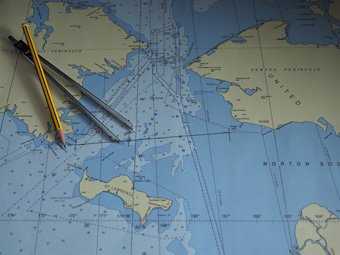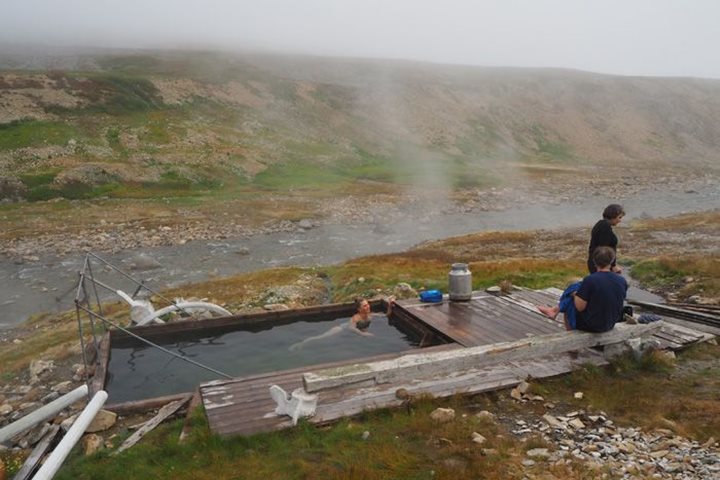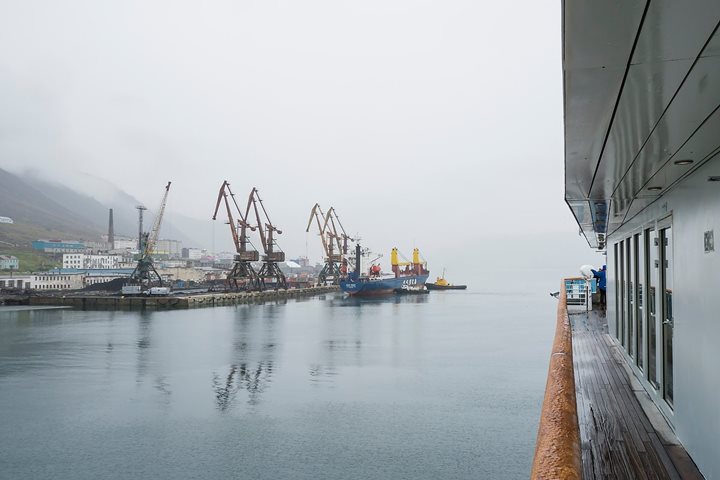It was hard to believe that National Geographic Orion crossed the Bering Strait today as we re-entered US waters and said goodbye to Russian waters. We woke to calm seas, so flat it barely felt as though we were underway and not a typical day for this body of water that has long separated Russia from Alaska. As early as the mid-1500s geographers believed a body of water separated Asia from North America. Semyon Dezhnyov is thought to be the first explorer to cross the Bering Strait in 1648, but Danish born Russian explorer Vitus Bering was the first to cross and submit an official report to Europe almost 100 years later and whom the waterway is named for. During the Cold War, the Bering Strait marked the boundary between the Soviet Union and the United States and was known as the “Ice Curtain.” Indigenous peoples were prevented from transiting between the two nearby continents for seasonal trade and celebrations and there was no commercial air or ship traffic allowed.
Back on July 30, we sailed across the International Date Line in route to Russia and in the early morning hours today we passed over it once again. This means that we enjoyed a second August 10th on board and took advantage of our relaxing day at sea. In the morning Naturalist Grace Winer presented “Nome: Gold Rush on the Bering Sea” and fellow guest Dave Weeshoff shared stories and insight on his time spent volunteering with International Bird Rescue. Our day was filled with the exchange of images captured throughout our three weeks together; guests submitted photos to share with shipmates as well as in the photo slideshow. In the afternoon the staff and guests played a game of curiosity called “You Don’t Know Your Expedition Staff,” where guests guessed which staff member held which secret true to themselves. It was a laughter-filled event, as the staff did not even know one another’s secrets! Late in the afternoon, the rain subsided and the fog lifted, allowing us to enjoy one last sunny afternoon across the Bering Strait.






